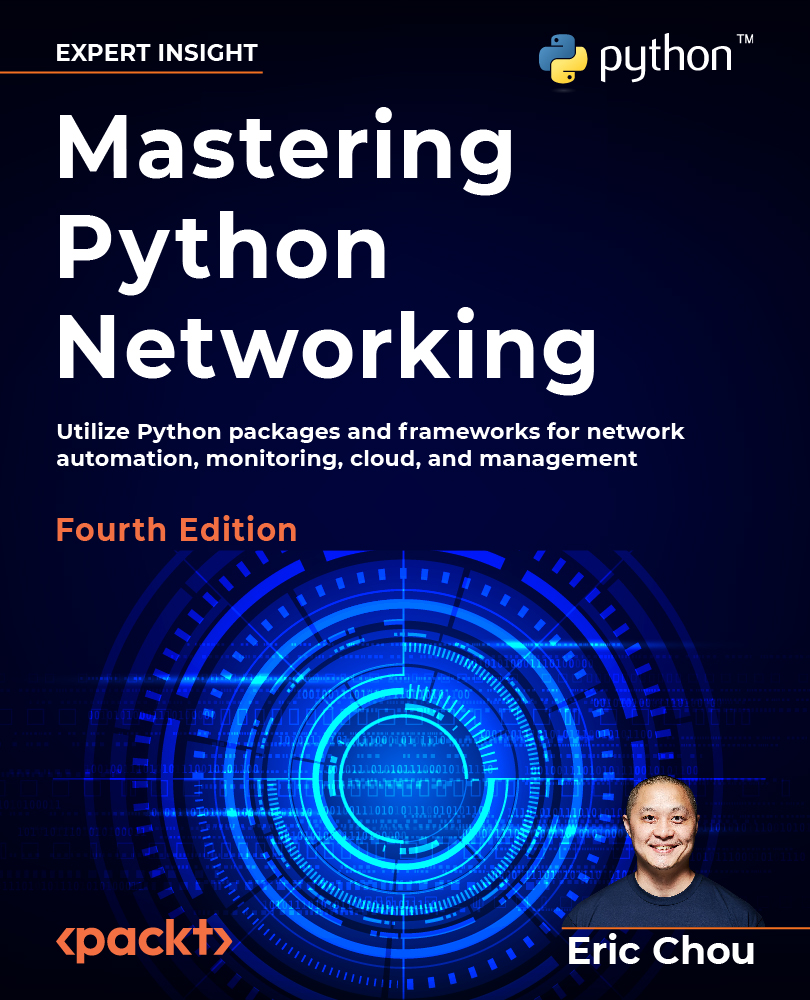Python for data visualization
We gather network data to gain insight into our network. One of the best ways to know what the data means is to visualize it with graphs. This is true for almost all data, but especially true for time series data in the context of network monitoring. How much data was transmitted over the network in the last week? What is the percentage of the TCP protocol among all of the traffic? These are values we can glean from using data-gathering mechanisms such as SNMP, and we can produce visualization graphs with some of the popular Python libraries.
In this section, we will use the data we collected from the last section using SNMP and use two popular Python libraries, Matplotlib and Pygal, to graph them.
Matplotlib
Matplotlib (http://matplotlib.org/) is a Python 2D plotting library for the Python language and its NumPy mathematical extension. It can produce publication-quality figures, such as plots, histograms, and bar graphs, with a few lines of code.
NumPy...































































